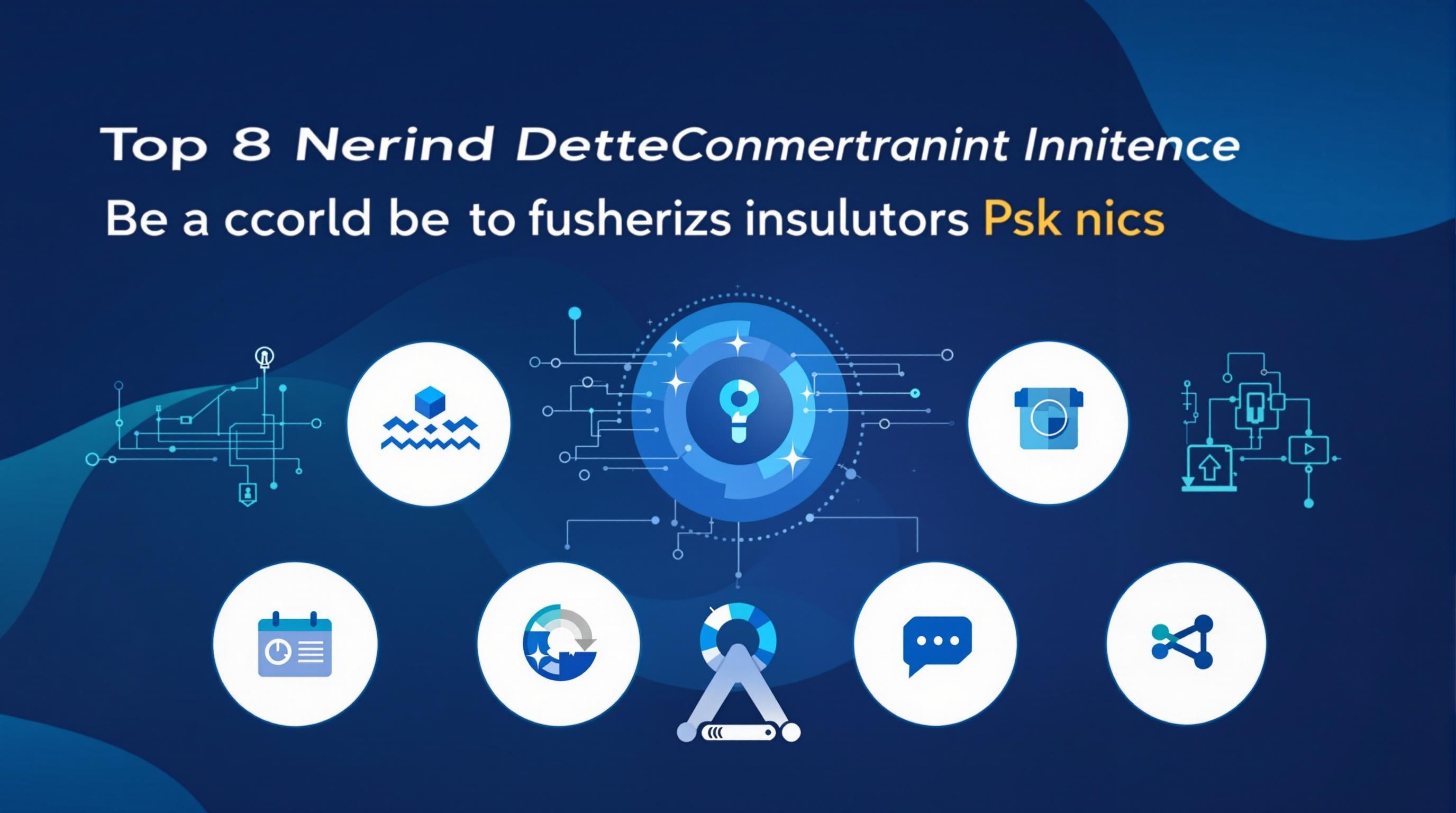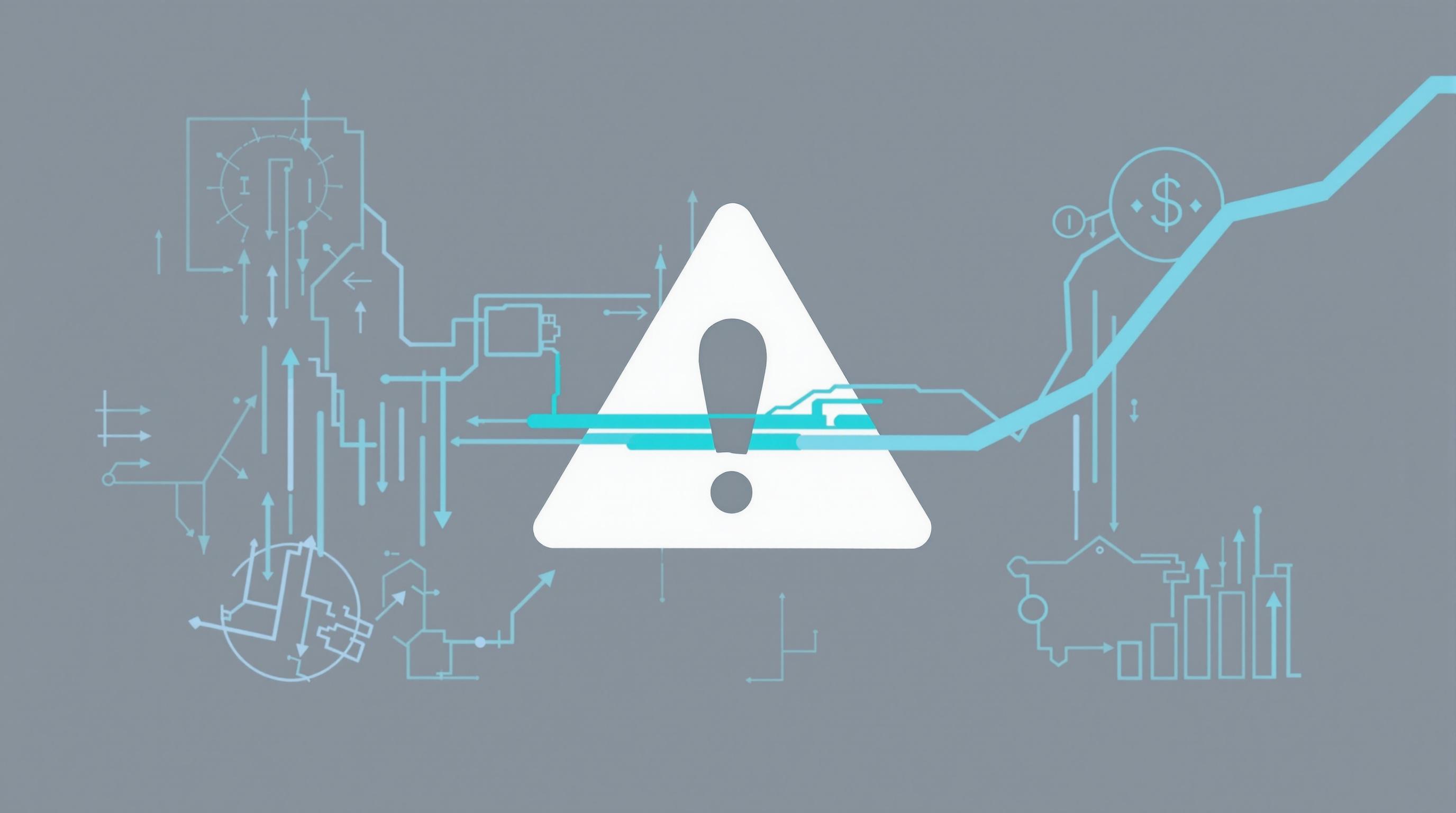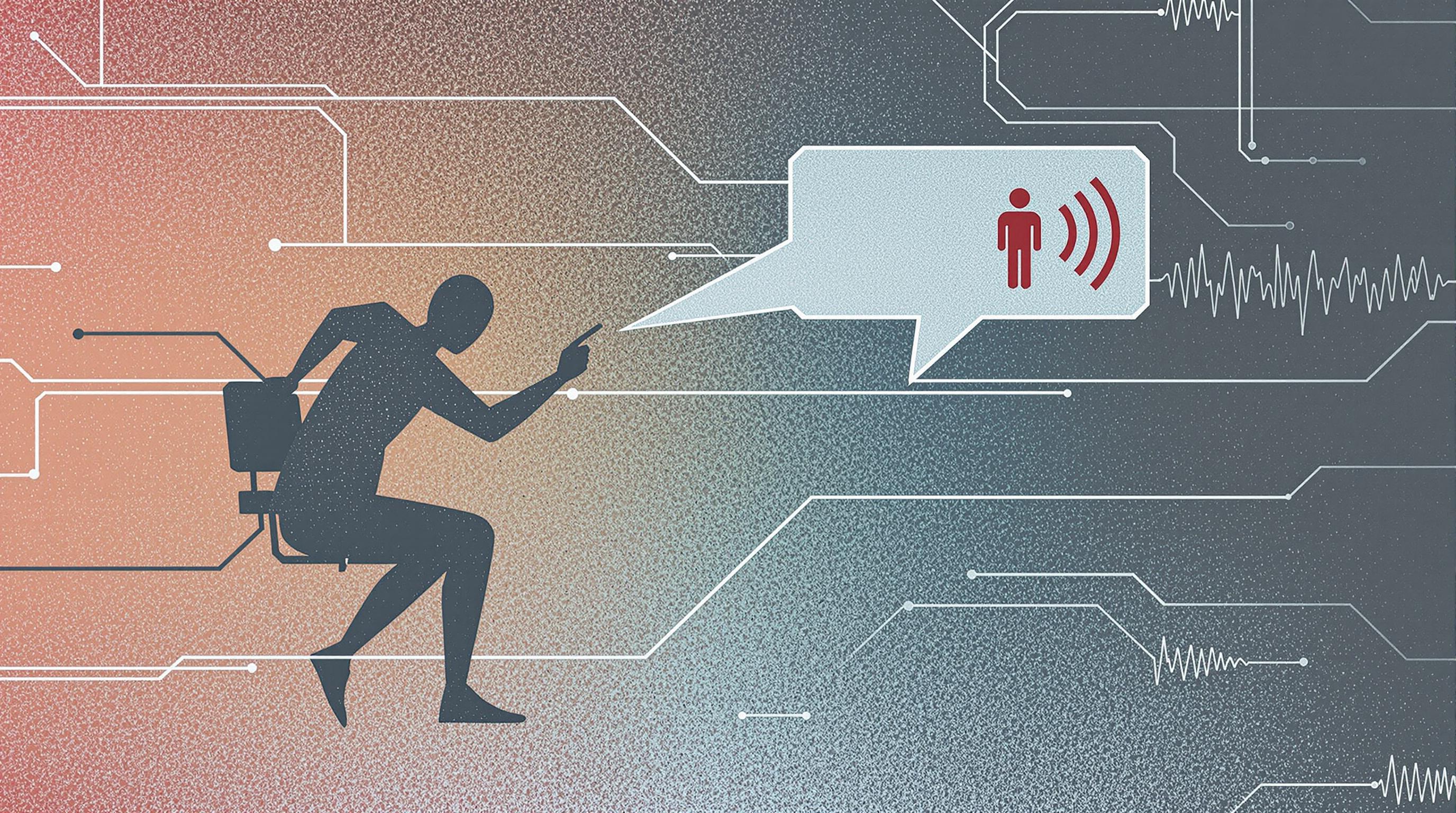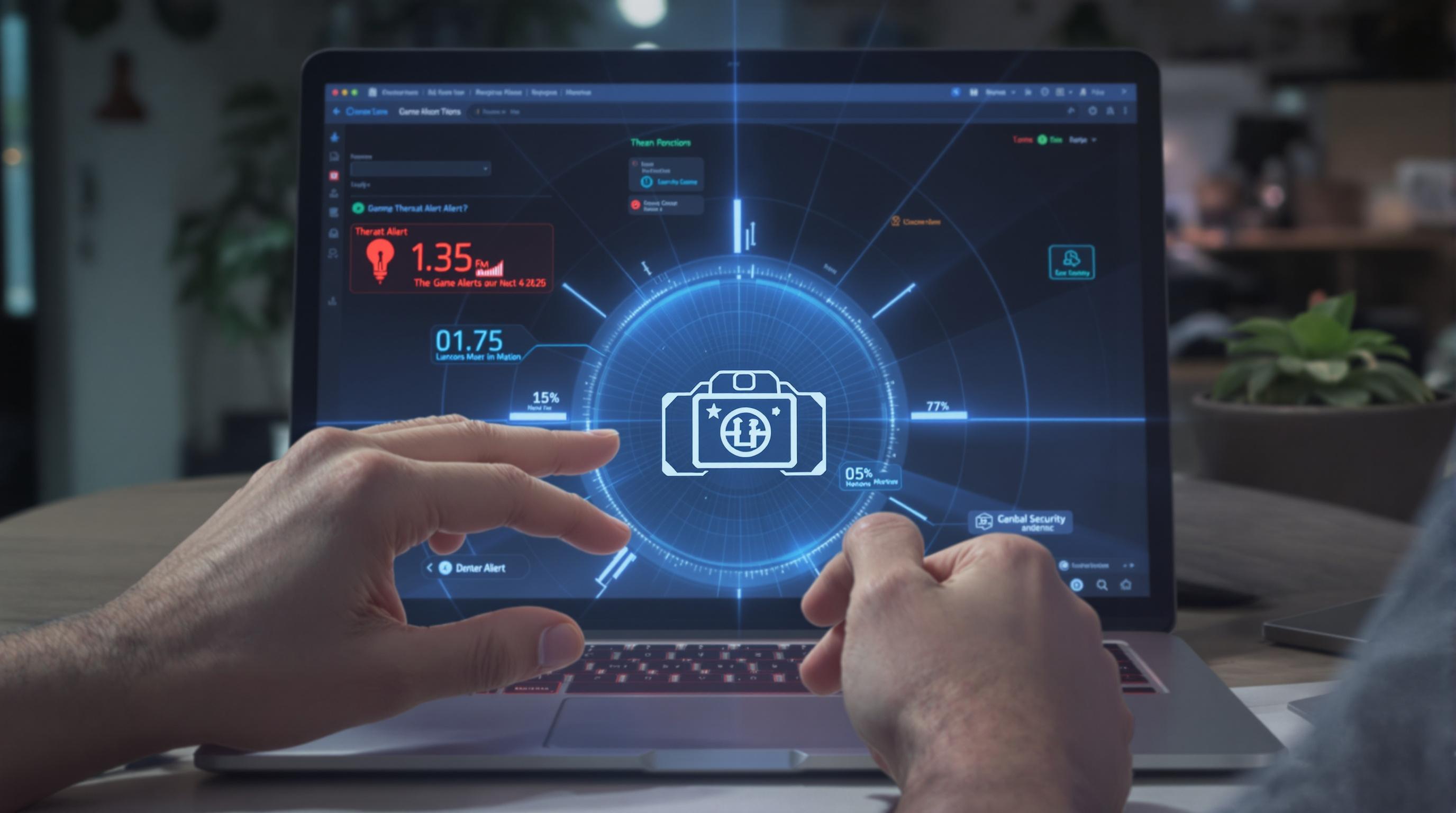Related Articles
- Unveiling the Silent Effects of Malware Residue on IoT Devices and What It Means for Your Connected Home Security
- Top 6 Game-Changing Email Security Suites Released Since 2019 That Actually Stop Cyber Trickery
- The Hidden Impact of AI-Driven Voice Assistants on Your Device’s Safety: Risks Nobody Talks About
- Top 6 Stealth Encryption Products Redefining Data Privacy You Haven’t Heard About Since 2019
- Exploring the Influence of Wi-Fi Radiation on Human Sleep Patterns and Cognitive Health in Modern Living
- Top 8 Stealth Malware Cleaners from the Past 5 Years That Outsmart Evasive Threats
Top 8 Next-Gen Risk Detection Tools Released Since 2019: In-Depth Reviews and Performance Rankings
Top 8 Next-Gen Risk Detection Tools Released Since 2019: In-Depth Reviews and Performance Rankings
Top 8 Next-Gen Risk Detection Tools Released Since 2019: In-Depth Reviews and Performance Rankings
Introduction
The landscape of risk detection has evolved sharply since 2019. Emerging threats demand smarter, faster tools that pivot quickly to new data points and signals. This article reviews and ranks eight standout platforms that have shaped next-generation risk management.
We focus on innovations in AI, machine learning, real-time analytics, and integration flexibility. Each tool was tested for accuracy, speed, usability, and scalability. Performance rankings consider independent benchmarks and industry feedback to give an honest assessment.
Risk managers and decision-makers face a crowded market. This guide narrows down choices to those with proven results and forward-looking capabilities. Our goal: help you pick a tool that fits your risk profile and operational needs.
1. Darktrace Antigena (2019)
Darktrace’s Antigena platform leverages AI to autonomously detect and respond to threats across digital environments. Its self-learning models adjust to normal network behavior, flagging anomalies in real time. This reduces false positives and enhances threat response speed.
Integration with existing security infrastructure is seamless, enabling broad deployment without major retooling. User feedback praises Antigena’s intuitive interface and actionable alerts, which simplify complex threat landscapes for analysts.
Independent tests measure detection accuracy above 95%, with response times under two minutes for critical threats. As of 2023, Gartner recognizes Darktrace as a leader in enterprise threat detection. Its autonomous capabilities set a high bar for adaptive risk management.
2. Vectra AI Cognito (2020)
Vectra AI’s Cognito platform specializes in network threat detection powered by deep behavioral analytics. It uses machine learning to identify hidden attacker behaviors and prioritize alerts with a focus on actionable intelligence.
The platform excels in cloud and hybrid environments, integrating smoothly with AWS, Azure, and Google Cloud. Its visibility into encrypted traffic and use of AI-driven threat scoring significantly reduce alert fatigue.
Performance evaluations show Cognito detecting complex threats with 92% accuracy and providing rapid incident prioritization. Customers highlight its effective threat hunting capabilities and straightforward deployment model.
3. Snyk Code Security (2020)
Snyk’s Code Security tool applies static application security testing (SAST) with developer-friendly AI enhancements. It finds vulnerabilities early in code repositories, helping teams patch issues before deployment.
Unlike traditional scanners, Snyk minimizes false positives by understanding developer intent and project context. Continuous integration support streamlines workflows, enabling security to keep pace with DevOps.
Reports show that Snyk reduces vulnerability detection time by 50% and increases developer engagement in security practices. As software supply chains grow complex, this tool helps shift risk left effectively.
4. Palo Alto Networks Cortex XDR (2021)
Cortex XDR merges endpoint, network, and cloud data into a unified detection and response platform. Using AI analytics, it distinguishes false alarms from real threats and automates investigation workflows to cut down mean time to resolution.
Its broad sensor integration makes it a fit for diverse IT environments. Cortex XDR's root cause analysis provides detailed context, enabling faster and more precise risk mitigation strategies.
Industry benchmarks confirm high detection rates near 94% and significantly reduced operational complexity. The platform is highly rated in Forrester Wave reports for its balanced capabilities and extensibility.
5. CrowdStrike Falcon Discover (2021)
CrowdStrike Falcon Discover offers real-time IT hygiene and risk detection to identify unauthorized user activities and misconfigurations. Its cloud-native design ensures low-impact deployment and continuous monitoring.
The tool integrates with Falcon Insight to deliver a comprehensive view of endpoint risks. Falcon Discover’s intuitive dashboards provide clear, prioritized risk insights for security teams and business leaders alike.
Tests indicate its ability to reduce blind spots by over 40%, improving risk visibility significantly. For organizations with evolving IT footprints, it acts as an early warning system that supports proactive defense.
6. Exabeam Fusion XDR (2022)
Exabeam Fusion XDR unifies data from multiple security tools and applies user and entity behavior analytics (UEBA) to detect insider threats and advanced attacks. The platform focuses on enriched alerts and automated playbooks.
Its modular architecture allows easy scaling and integration into existing SIEM and SOAR workflows. Security teams report faster incident investigations due to rich forensic data and machine-augmented hunting capabilities.
Independent reviews note detection efficacy above 90% and reduced analyst burnout. Exabeam’s investment in user experience and automation drives strong customer satisfaction.
7. Rapid7 InsightIDR (2022)
Rapid7 InsightIDR combines endpoint detection, user behavior analytics, and deception technology for comprehensive risk detection. It focuses on identifying attacker techniques often missed by traditional systems.
The platform’s automated investigation and response reduce workload by correlating threat signals into meaningful incidents. InsightIDR integrates smoothly with the broader Rapid7 Insight cloud ecosystem.
Customers cite a 30% improvement in time to detect threats and a sharp decline in false positives. This balance of breadth and depth helps businesses detect, prioritize, and respond to risks efficiently.
8. IBM QRadar Advisor with Watson (2023)
IBM QRadar Advisor combines SIEM capabilities with Watson AI to accelerate threat hunting and investigation. Watson’s natural language processing assists analysts by interpreting security alerts and suggesting next steps.
The platform supports multi-cloud environments and enriches data with threat intelligence feeds. Its AI-driven incident summaries and hypotheses reduce decision fatigue and improve investigative accuracy.
Performance tests indicate analyst productivity gains of up to 40% and improved detection timelines. IBM continues to invest heavily in AI, maintaining QRadar’s relevance in complex enterprise landscapes.
Performance Rankings and Final Thoughts
Performance rankings based on accuracy, speed, integration, and user experience place Darktrace Antigena and Palo Alto Cortex XDR in top tiers for adaptive threat detection. For developer-focused security, Snyk stands out for early vulnerability management.
Tools like Vectra and Exabeam excel in behavioral analytics, while CrowdStrike and Rapid7 deliver strong endpoint risk insights and operational simplicity. IBM QRadar’s AI augmentation creates efficiency gains in large-scale investigations.
The best choice depends on specific organizational needs—cloud readiness, scale, or developer integration. Combining multiple tools often yields the strongest defense. Continuous innovation in AI and automation promises even more capable risk detection tools ahead.
References
1. Gartner, Magic Quadrant for Security Information and Event Management, 2023.
2. Forrester Wave, Endpoint Detection and Response, Q4 2022.
3. Darktrace Official Website and Whitepapers, 2019-2023.
4. Vectra AI Product Reviews and Analysis, 2020-2023.
5. Snyk Security Reports, 2020-2023.
6. Palo Alto Networks Cortex Research, 2021-2023.
7. CrowdStrike Customer Case Studies, 2021-2023.
8. Exabeam Analyst Reports, 2022.
9. Rapid7 Rapid Reports, 2022.
10. IBM Security Intelligence, 2023.




